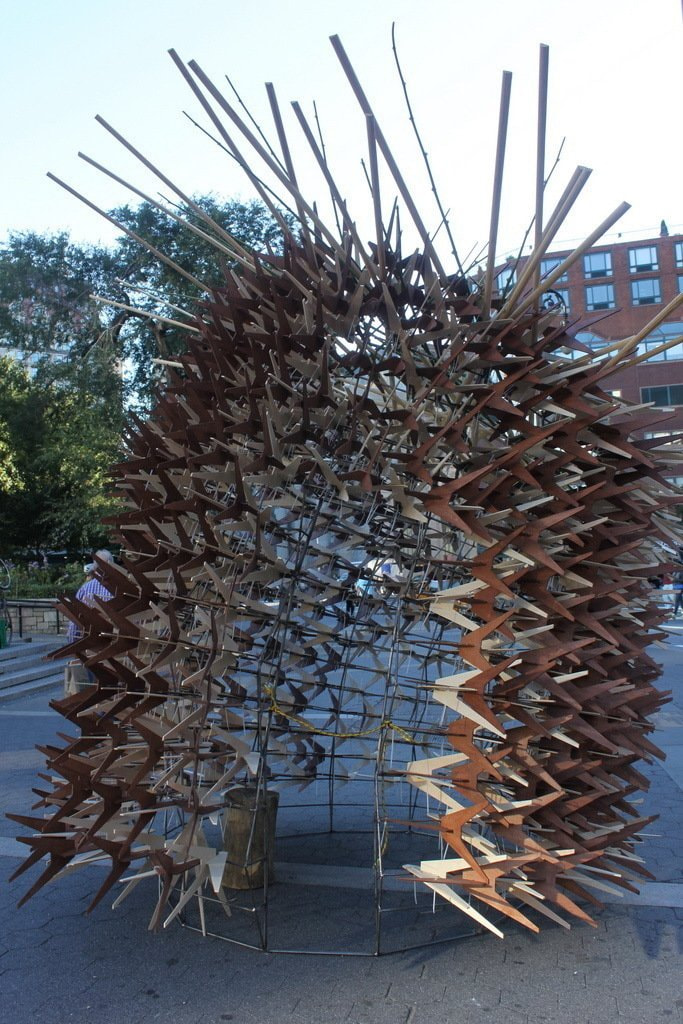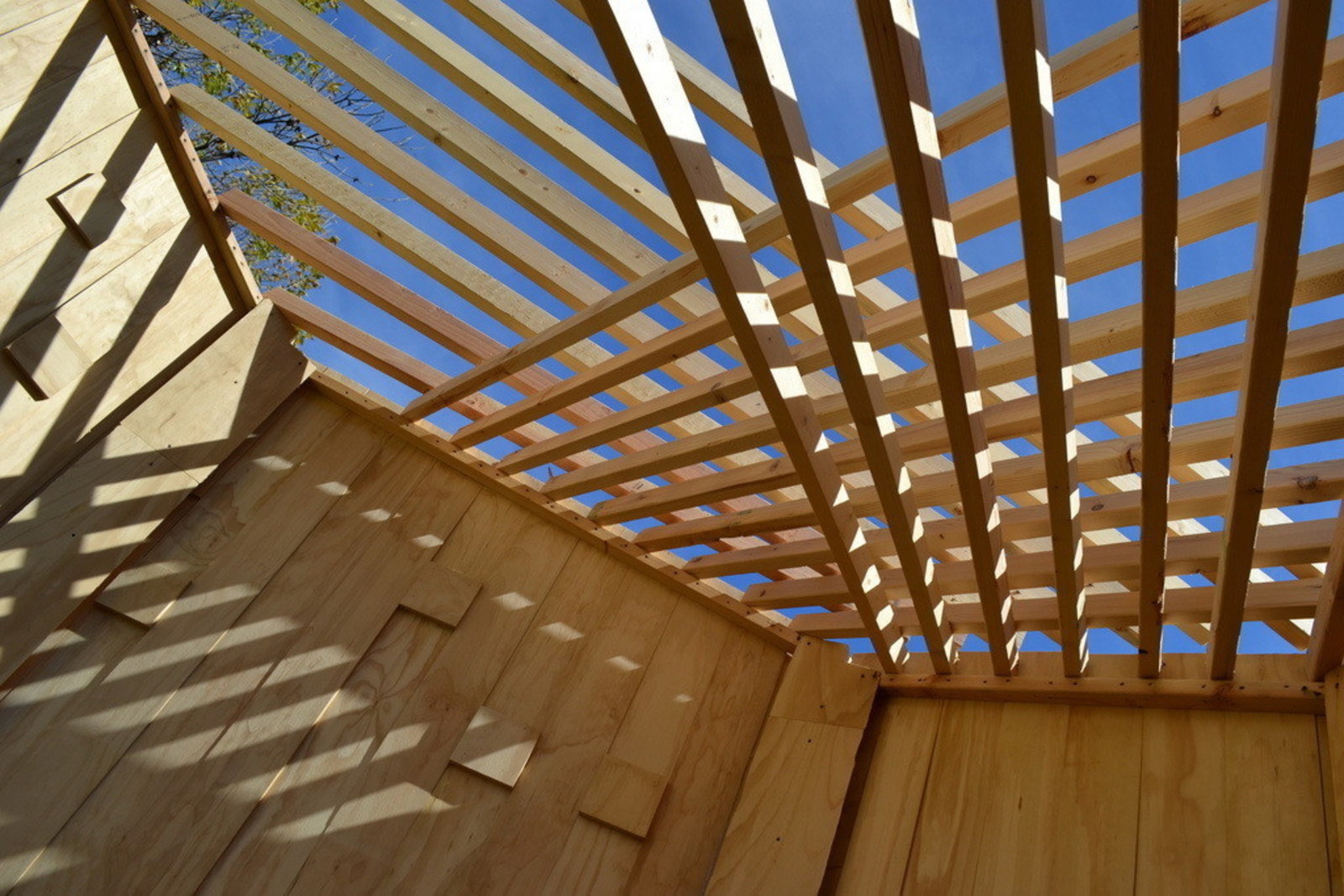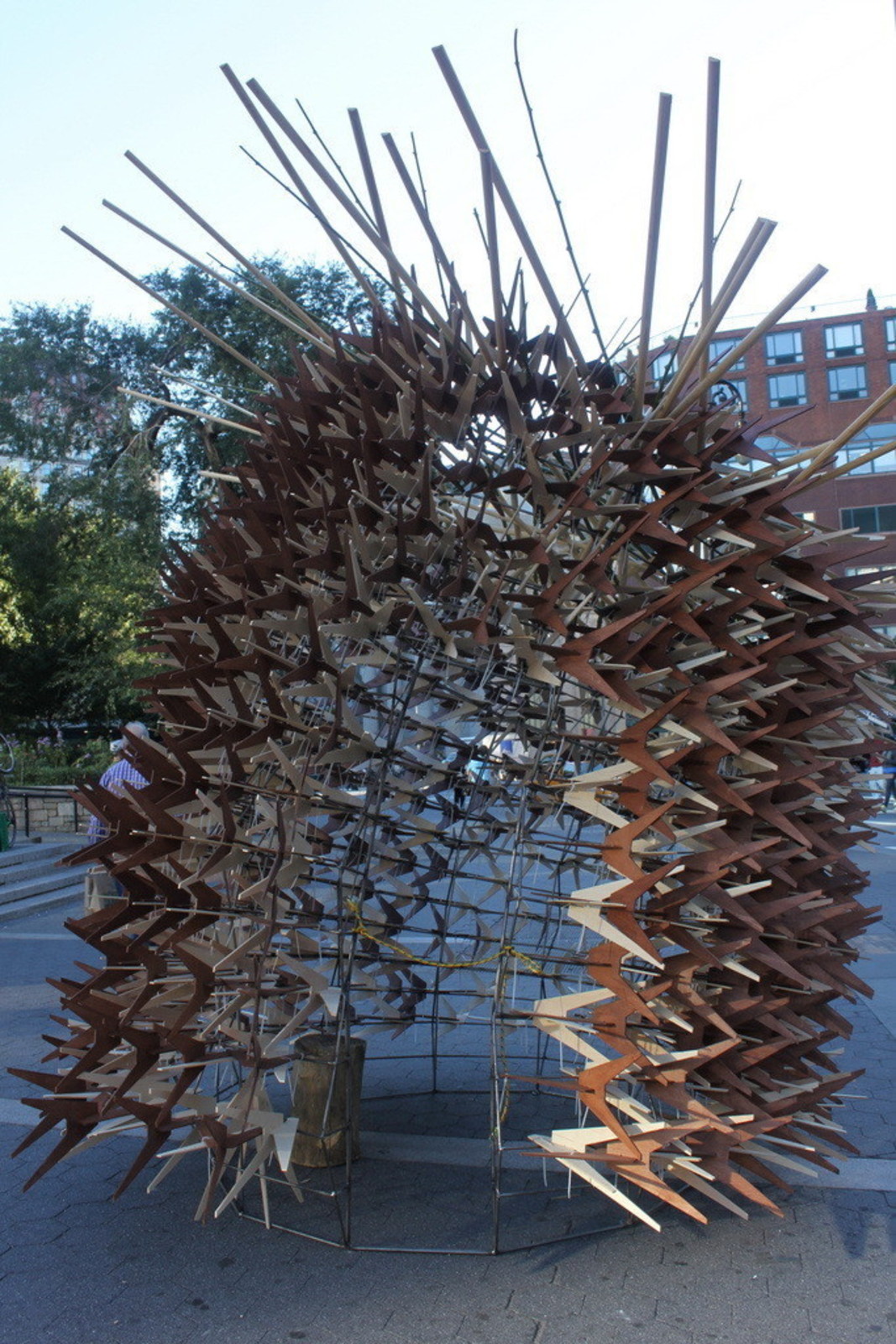Lecture by Anna Guseva
ETHICS AND AESTHETICS OF TEMPORARY ARCHITECTURE
PAPER PALACES: SHIGERU BAN AND SUKKAH CITY
Lecture
Anna Guseva
Monday, October, 13, 8.00 – 10.00 pm
Garage Education Center
In Japanese culture, the categories of eternal and temporary cannot exist without each other. An exemplary embodiment of this interrelation is found in Japan’s architectural tradition, which highlights such delicate and recyclable materials as timber and paper.
Shigeru Ban started experimenting with paper in the mid-1980s, in spite of a prevailing predilection for steel and concrete amongst contractors. “My paper buildings are essentially tents,” he once remarked. However, when a devastating earthquake hit Kobe in 1985, Ban’s paper structures turned out to be more cost-effective and comfortable than any of the tents provided by emergency services. Because paper is so cheap, he is one of the very few “star” architects who can build for poor African villagers as well as for luxury designer projects.
In the week of the Sukkot festival (from the Hebrew “sukkah” – tent) observant Jews leave their homes and dwell in temporary constructions as a remembrance of their ancestors’ wanderings in the desert. As a manifestation of homelessness, the ritual is surprisingly relevant to the contemporary urban environment. Mobility is the main feature of a modern city; it is impossible to relate to the metropolis while talking only of “stationary” buildings. Some of the most important events in urban life happen in the spaces between buildings and in temporary structures. These phenomena now bear more social and political significance than palaces built for eternity. In 2010, Sukkah City, a competition for temporary structures in Manhattan’s Union Square, became one of the most influential urban project of the decade. In 2013, Jason Hutt made a documentary about the event.
Art historian Anna Guseva (Higher School of Economics) discusses the work of Shigeru Bann, the new relevance of temporary architecture, and comments on excerpts from the Sukkah City documentary.
Entrance is free of charge, but online registration is required http://eshkolot.ru/en/event/



